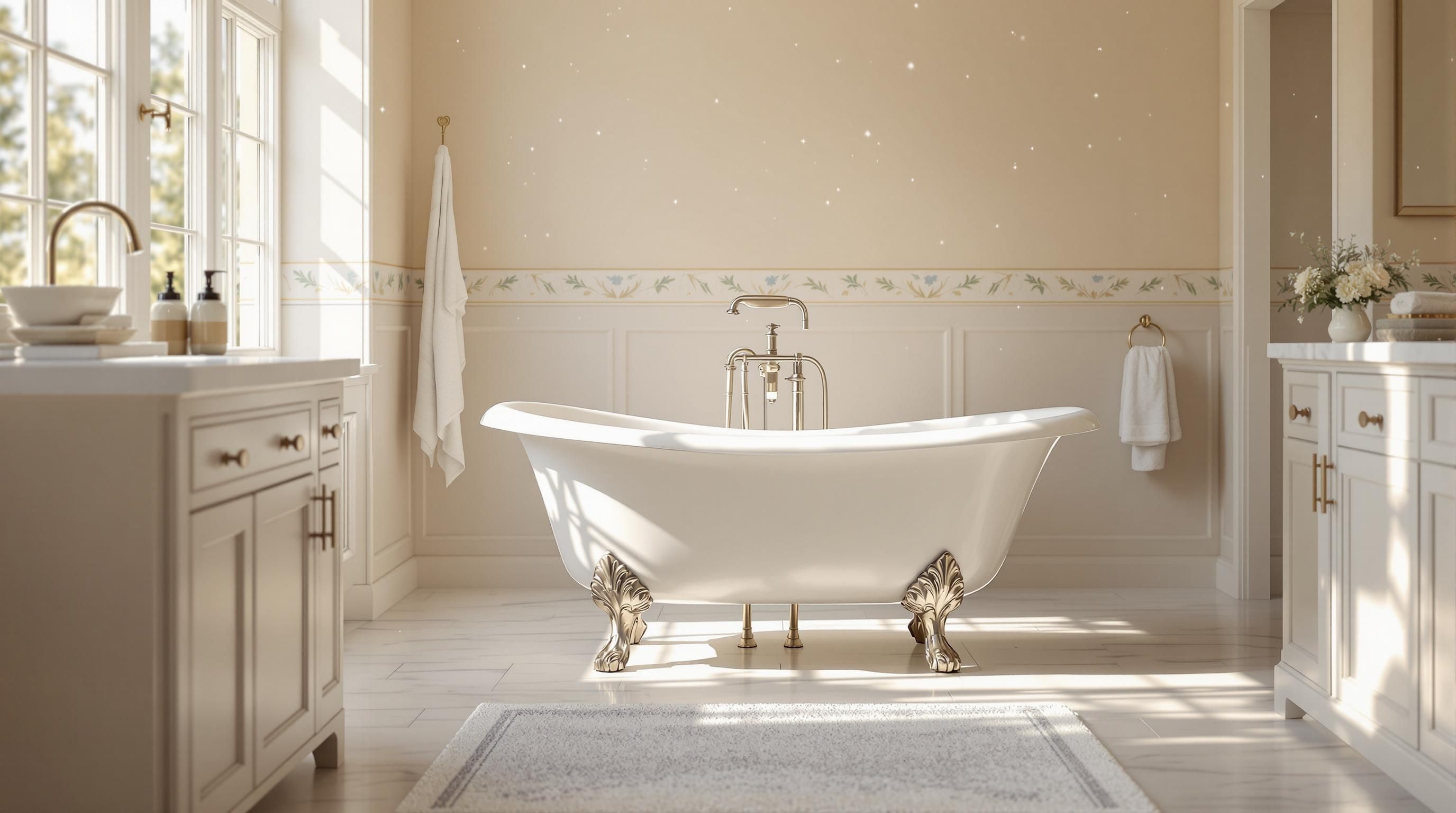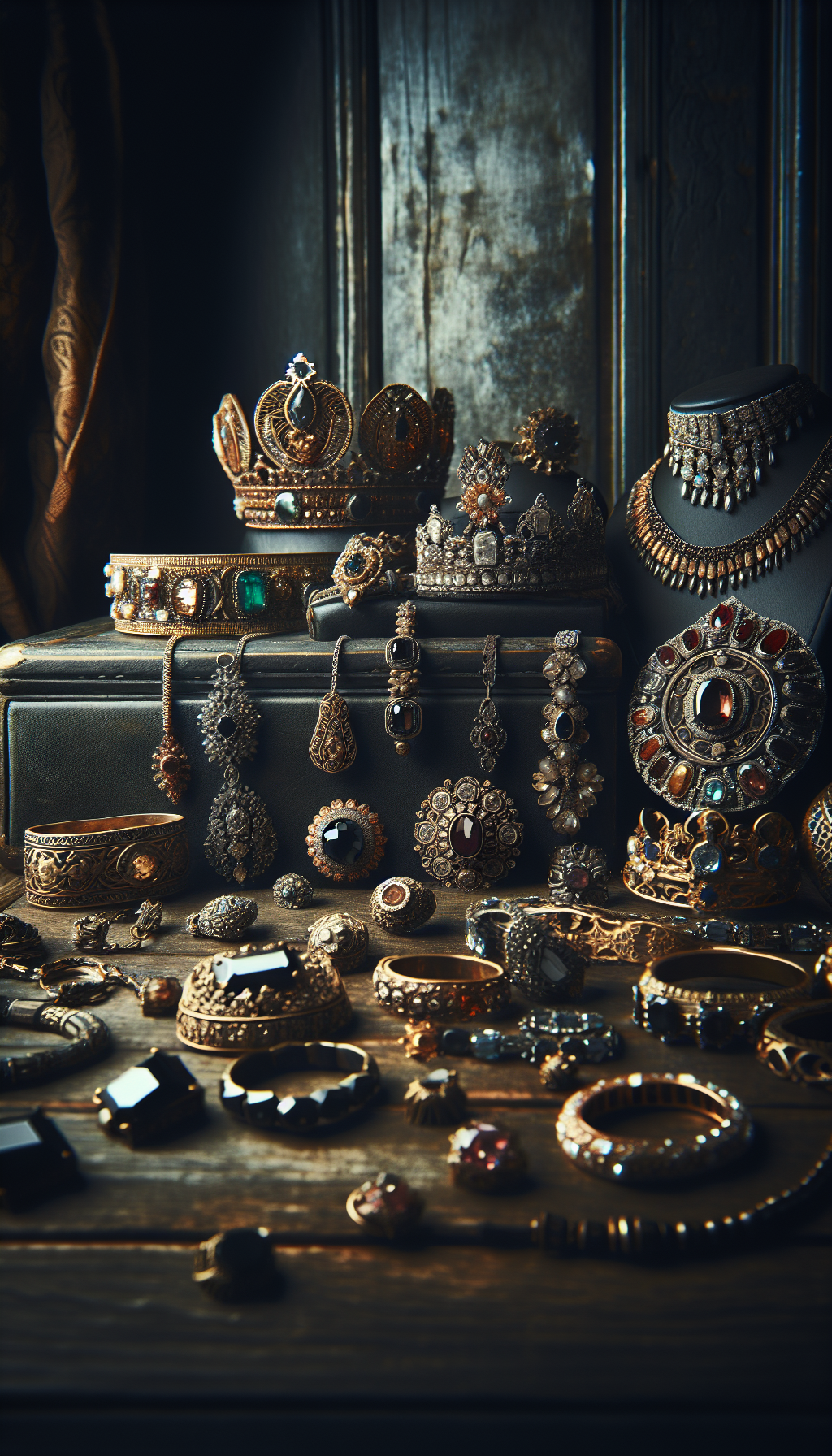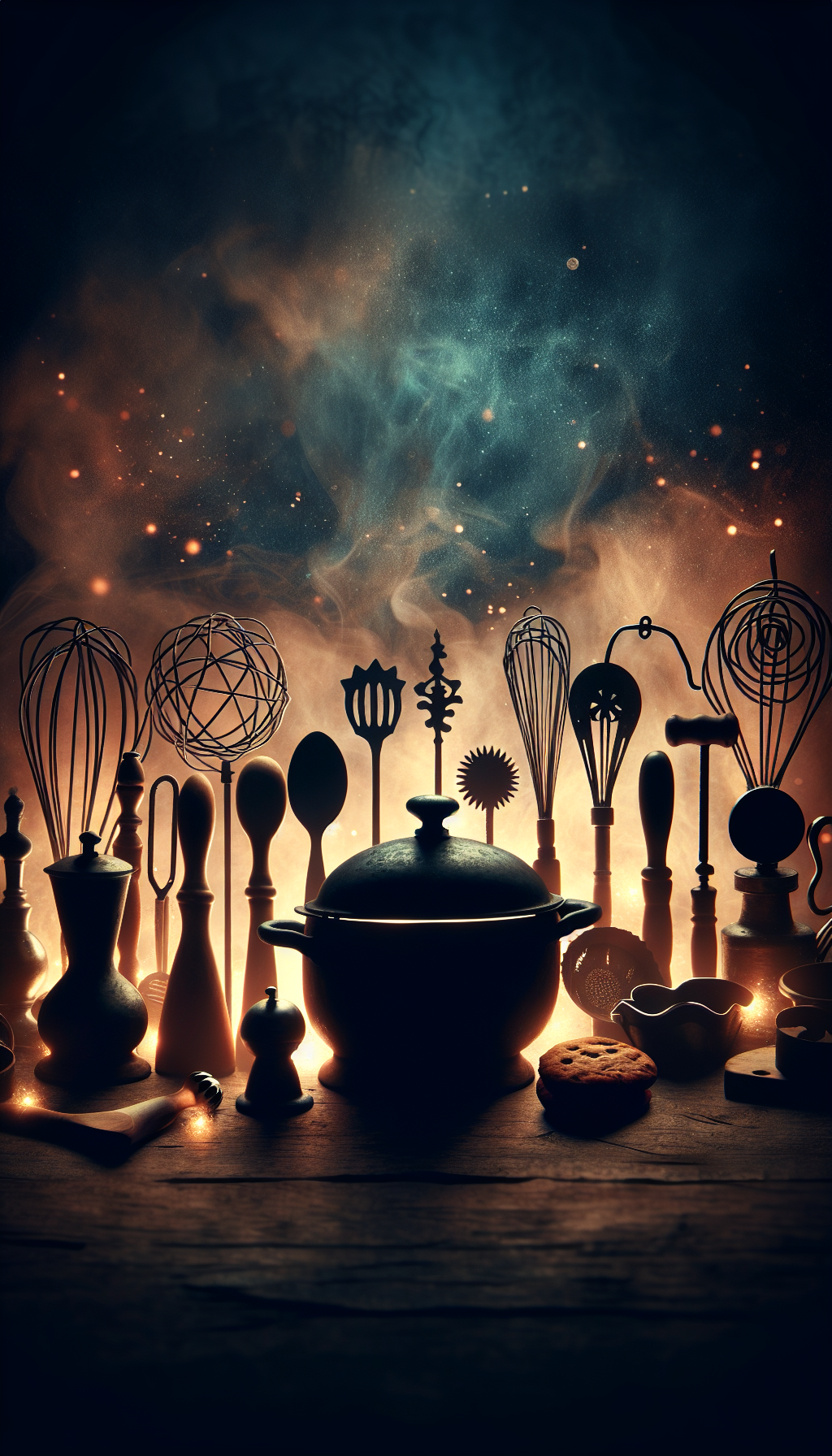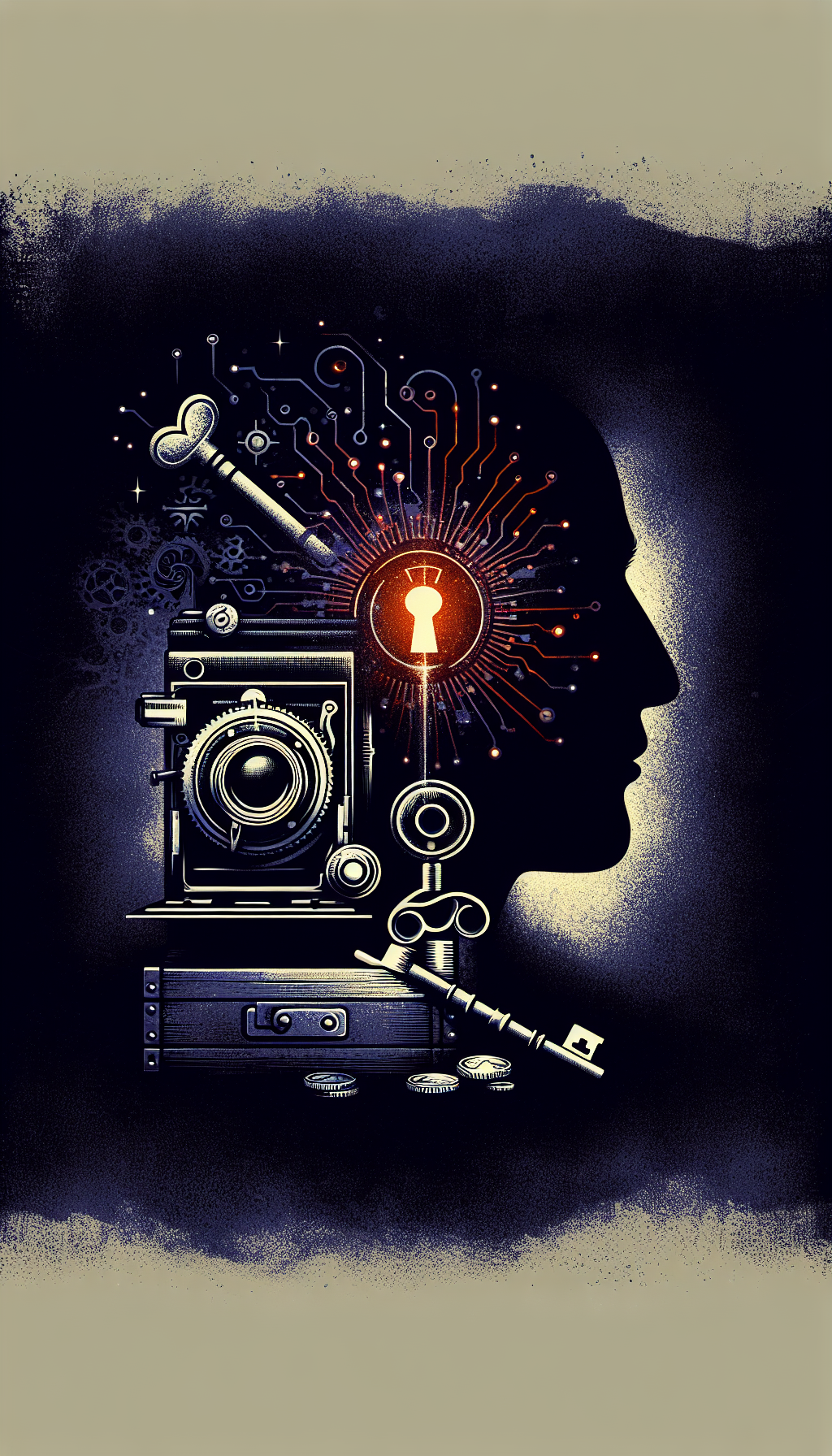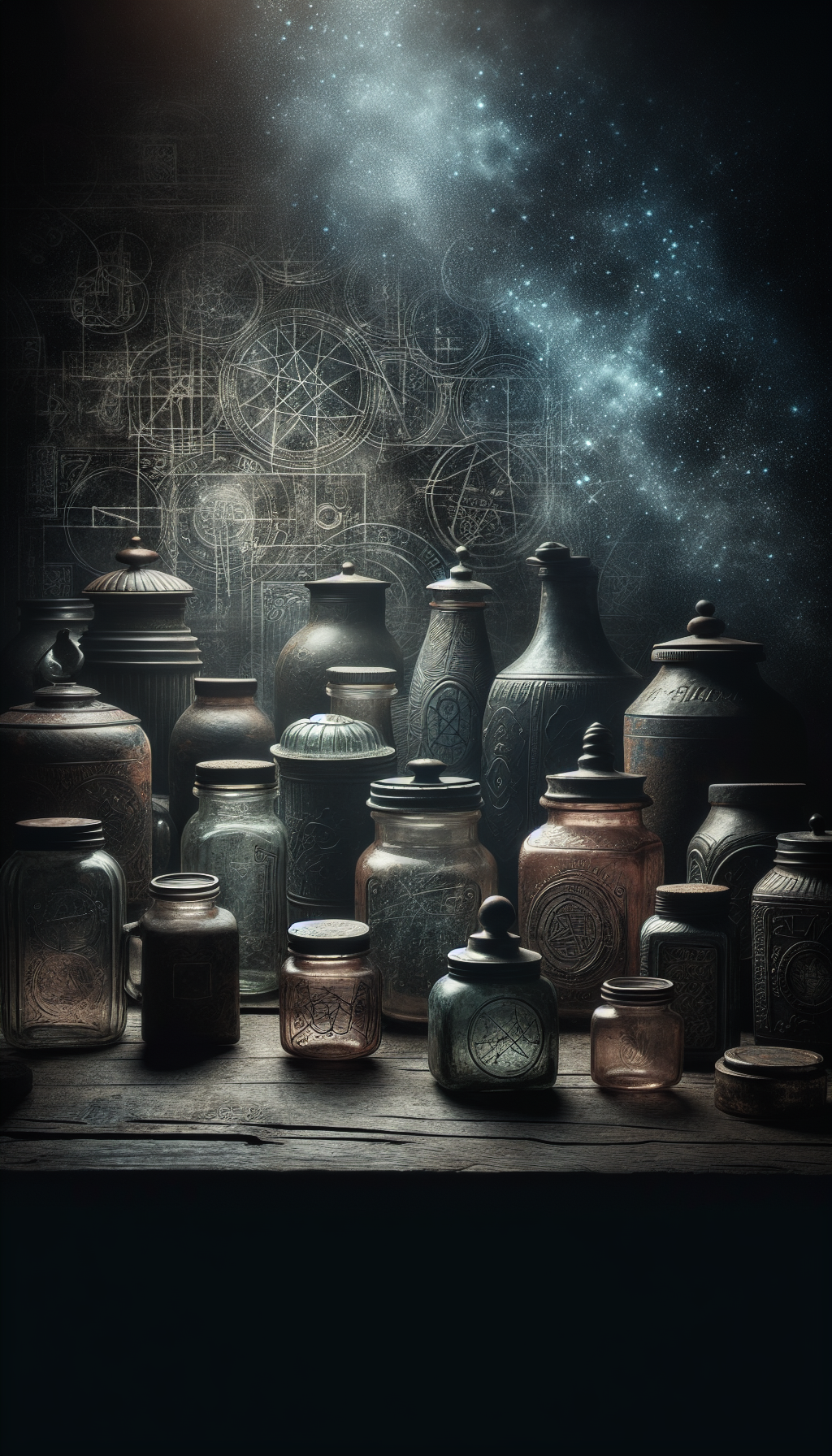Introduction to Antique Clawfoot Tubs
Once a symbol of luxury in Victorian and Edwardian bathrooms, clawfoot tubs have experienced a resurgence in popularity among interior designers, home renovators, and antique collectors. Their timeless appeal and durability make them valuable pieces that can range from affordable finds to high-end investments.
Clawfoot Tub Market Insights
Value Range: $50-$3,000+
Key Factor: Condition & Style
Market Trend: Growing Demand
The History of Clawfoot Bathtubs
Evolution of Clawfoot Bathtubs
- 1700s
Early Origins
The earliest clawfoot tubs were made of wood lined with metal. These primitive versions bear little resemblance to the cast iron models that would later become popular. - Mid-1800s
Cast Iron Revolution
The Kohler Company and American Standard (formerly Standard Sanitary Manufacturing Company) began mass-producing cast iron tubs, making them more accessible to middle-class homeowners. - Late 1800s
Victorian Heyday
The classic clawfoot design reached its peak popularity during the Victorian era, with ornate feet and elaborately decorated exteriors becoming status symbols. - 1920s-1930s
Art Deco Influence
Designs simplified as Art Deco aesthetics influenced bathroom fixtures. Feet became less ornate, and some models featured more geometric patterns. - 1950s
Decline in Popularity
Built-in tubs became the standard in new construction, marking the decline of the clawfoot tub in mainstream bathroom design. - 1990s-Present
Revival & Collectibility
Renewed interest in vintage design and period-authentic renovations has created a thriving market for both antique and reproduction clawfoot tubs.
Types of Clawfoot Tubs and Their Values
Classic Roll Rim Tubs
The most common style, roll rim (or roll top) tubs feature a rounded edge that curls outward around the entire perimeter. These generally offer the most affordable entry point into antique tubs.
Slipper Tubs
Characterized by one raised end (single slipper) or two raised ends (double slipper), these tubs were designed for comfortable reclining and have a more elegant profile. According to LoveToKnow Antiques, a refinished 6’ slipper clawfoot tub from 1926 sold for approximately $2,500.
Flat Rim Tubs
These tubs have a flat edge around the top rather than a rolled rim, often designed for installation against walls. They typically command less than ornate freestanding models.
French Bateau Tubs
These boat-shaped tubs with equal height on both ends (also called double-ended tubs) are among the most valuable, particularly if they feature ornate detailing or rare dimensions.
Clawfoot Tub Value Ranges by Type
Average market values for tubs in good condition
</tbody>
</table>
Factors That Determine Clawfoot Tub Value
Size and Dimensions
According to experts on Home Improvement Web, standard tubs measuring 5’ in length are the most common and therefore typically less valuable. Unusually large tubs (6’ or longer) or rare smaller models (like children’s tubs) can command premium prices due to their scarcity.
A recent Reddit discussion about an 84-inch (7 foot) clawfoot tub revealed that these rare extra-long models could be worth “$2,000 to the right designer” due to their unique size.
Material and Construction
Most antique clawfoot tubs are made of cast iron coated with porcelain, but there are variations:
- Cast Iron with Porcelain Interior: The most common and durable construction
- Copper or Brass Tubs: Rarer and often more valuable
- Early Wooden Tubs: Extremely rare and primarily of historical interest
- Modern Reproductions: Often made of acrylic or fiberglass, worth significantly less than genuine antiques
Feet Design and Originality
The “claws” themselves are a critical factor in valuation:
- Original matching feet: Significantly increases value
- Ornate Victorian designs: More desirable than simple feet
- Missing or mismatched feet: Can reduce value by 30-50%
- Rare or unique foot patterns: Can make even a standard tub more valuable
Age and Manufacturer
Older isn’t always better when it comes to clawfoot tubs, but certain eras and manufacturers are more sought after:
- Victorian Era (1860s-1900): Often feature more ornate detailing
- Notable Manufacturers: Standard Sanitary Manufacturing Company (now American Standard), Kohler, Crane, and Mott Iron Works
- Visible Maker’s Marks: A stamp or marking from a prestigious manufacturer can increase value
According to an expert on JustAnswer Antiques, a 1923 clawfoot tub by Standard Sanitary Manufacturing Company (S.S.M. Co Standard) was valued between $600-$1,000.
Condition Assessment Checklist
Use this checklist to evaluate the condition of an antique clawfoot tub
- Original porcelain in good condition with minimal crazing
- No major rust spots, cracks, or repairs to the cast iron
- Complete set of original matching feet
- Drain and overflow in working condition
- Original finish (not previously refinished)
- No significant chips or damage to the rim
- Visible manufacturer's mark or stamp
- Period-appropriate hardware (if included)
Condition
The condition of a vintage clawfoot tub has perhaps the greatest impact on its value:
- Original Finish: Tubs with their original porcelain in good condition are most valuable
- Refinished Tubs: Generally worth 30-40% less than those with pristine original finishes
- Interior Condition: Crazing (fine cracks in the porcelain), stains, or worn areas reduce value
- Structural Integrity: Cracks or repairs to the cast iron body significantly diminish worth
An antiques expert on JustAnswer noted that clawfoot tubs in original condition might be valued at $300-$500, while properly restored ones could fetch $800-$1,200.
Restoration Status
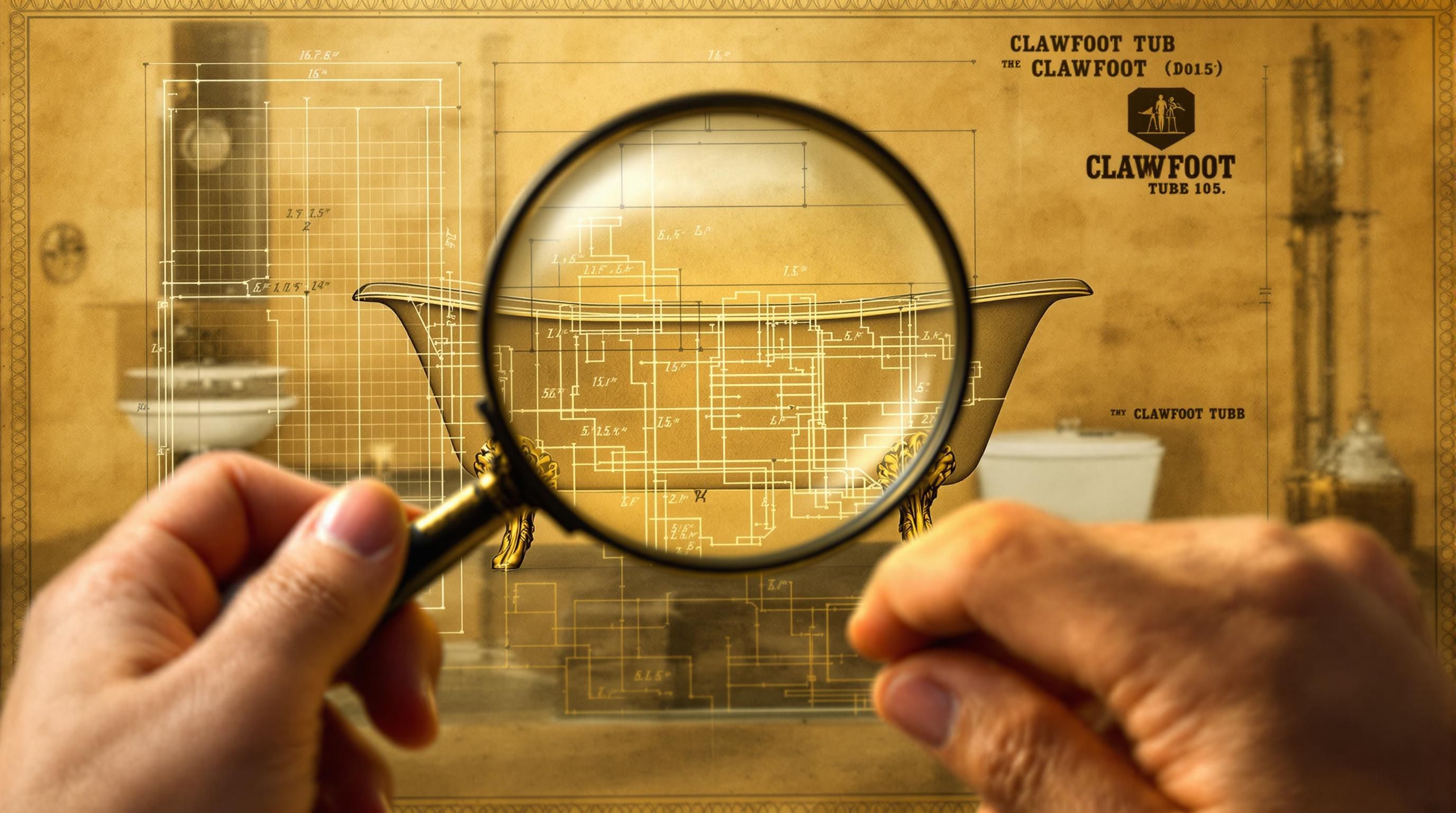
The approach to restoration can significantly impact value:
- Professionally Restored: Can increase value if done authentically
- DIY Refinished: Often reduces value, especially if poorly executed
- Unrestored but Good Condition: Often the most valuable to serious collectors
- Modified Tubs: (e.g., shortened or with added features) typically worth less to purists
According to Vintage Tub & Bath, prices for quality clawfoot tubs range from under $1,000 for basic models to $6,000+ for premium restored antiques or high-end reproductions.
Where to Sell Your Antique Clawfoot Tub
Local Markets
- Architectural Salvage Yards: Often purchase old fixtures for resale
- Antique Dealers: Especially those specializing in architectural elements
- Facebook Marketplace: Effective for local sales without shipping concerns
- Craigslist: Good for local buyers, but be prepared for price negotiations
Online Platforms
- eBay: According to current eBay listings, vintage clawfoot tubs are trending at approximately $209.99, though premium models can fetch much more
- Etsy: Particularly good for well-restored or unusual models
- Specialized Restoration Websites: Some companies purchase old tubs for restoration
- Auction Houses: For rare or exceptional specimens
Marketing Tips for Maximum Value
When selling your clawfoot tub, consider these strategies to maximize your return:
- Thoroughly clean the tub before photographing
- Take detailed photos of maker’s marks, feet, and any special features
- Research comparable sales to set a realistic price
- Emphasize historical details in your listing
- Offer delivery options as transportation is a major concern for buyers
The Restoration Equation: When to Restore and Value Impact

Restoration Costs
Professional restoration of a clawfoot tub typically includes:
- Refinishing the Interior: $350-$600
- Exterior Painting: $200-$400
- Feet Restoration/Replacement: $100-$500
- Plumbing Fixture Replacement: $150-$800+
- Transportation: $100-$300 (due to extreme weight)
Value Impact of Restoration
The cost-benefit analysis of restoration varies:
- For Personal Use: Restoration is often worthwhile for the aesthetic and functional benefits
- For Resale: Professional restoration may not always recoup its costs
- For Rare Models: Authentic, period-appropriate restoration can significantly increase value
- For Common Models: Minimal cleaning may be more cost-effective than full restoration
According to LoveToKnow, a professionally restored 5’ clawfoot tub might sell for around $1,000, while a 6’ refinished tub from 1926 could fetch approximately $2,500.
Clawfoot Tubs vs. Modern Alternatives: Value Comparison
Cost Comparison
- Vintage Clawfoot (Unrestored): $50-$1,000
- Vintage Clawfoot (Restored): $800-$3,000+
- New Reproduction Clawfoot: $1,200-$5,000+
- Standard Modern Built-In Tub: $300-$800
- Premium Modern Freestanding Tub: $1,000-$5,000+
Value Retention
Antique clawfoot tubs often retain their value better than modern fixtures due to:
- Historical Significance: Connection to architectural history
- Craftsmanship: Quality of materials and construction
- Durability: Cast iron tubs can last for generations
- Sustainability Appeal: Reusing existing materials aligns with eco-conscious trends
External Resources for Clawfoot Tub Valuation
Vintage Tub & Bath: Selling Guide
Comprehensive resource for understanding the market for vintage clawfoot tubs, with tips on how to sell your antique bathtub effectively.
LoveToKnow: Antique Tub Valuation
Detailed examination of factors that determine the value of antique clawfoot tubs, including historical context and market trends.
eBay: Vintage Clawfoot Tub Marketplace
Active marketplace showing current listings and recently sold prices for vintage clawfoot tubs of various styles and conditions.
Reddit: Clawfoot Tub Valuation Discussion
Community discussion about valuing unusual clawfoot tubs, with insights from collectors and restoration experts.
Home Improvement Web: Clawfoot Appraisal Guide
Practical guide to appraising vintage clawfoot tubs, with information on identifying makers and assessing condition.
The Period Bath Supply Company
Retailer specializing in antique bathroom fixtures, offering examples of professionally restored tubs and current market prices.
Common Questions About Antique Clawfoot Tub Values
How do I sell my old clawfoot tub?
Selling an old clawfoot tub can be approached through multiple channels:
- Local Antique Dealers: Visit dealers who specialize in architectural salvage or period fixtures
- Scrap Yards: Only as a last resort for damaged tubs (for cast iron value)
- Classified Ads: In newspapers or specialized magazines for antiques
- Online Marketplaces: eBay, Facebook Marketplace, or Craigslist are popular options
- Architectural Salvage Businesses: Many will purchase old fixtures for resale
- Restoration Companies: Some businesses that specialize in tub restoration will purchase old tubs
When selling, be sure to provide accurate measurements, clear photos (including any maker’s marks), and information about the condition. Due to the weight and size, be prepared to discuss transportation arrangements with potential buyers.
Are clawfoot tubs valuable?
Yes, clawfoot tubs can be quite valuable, though their worth varies significantly based on several factors. Antique clawfoot tubs typically range from $50 for basic models in poor condition to $3,000+ for rare styles in excellent condition or with unique features.What makes them valuable:
- Historical significance and craftsmanship
- Durability of cast iron construction
- Growing popularity in period-authentic home renovations
- Limited supply of genuine antiques
However, it’s important to note that modern reproductions, while expensive when new (often $1,500+), don’t typically hold the same collectible value as authentic vintage tubs. The most valuable antique tubs are those with original matching feet, minimal porcelain damage, and from prestigious manufacturers.
How can I tell how old my clawfoot tub is?
Determining the age of a clawfoot tub involves examining several identifying features:
Manufacturer’s Stamp: Look for a maker’s mark or stamp on the underside or back of the tub. Manufacturers often included dates or model numbers that can help pinpoint the era.
Foot Design: The style of feet can indicate the period:
- Highly ornate, ball-and-claw designs typically date to the Victorian era (1860s-1900)
- Simpler, more geometric feet often indicate early 20th century manufacturing (1900-1930s)
Overall Shape:
- Early tubs (pre-1900) tend to have higher backs and more dramatic curves
- Later models (1920s-1940s) often feature more streamlined designs
Material and Construction:
- Early tubs have thicker cast iron and may show hand-finishing marks
- Later production models tend to have more uniform appearance and thinner walls
Rim Style:
- Roll-rim designs became common in the late 1800s
- Flat-rim tubs typically date to the early 20th century
If you find a patent number, you can research it through the US Patent Office database to determine when that particular design was patented.
How do you get rid of an old cast iron tub?
Disposing of an old cast iron tub requires planning due to its extreme weight (typically 300-500 pounds). Here are your options:
Sell or Donate:
- List on marketplace sites like eBay, Facebook Marketplace, or Craigslist
- Contact architectural salvage companies
- Donate to habitat restoration organizations or theatrical prop departments
Recycle for Scrap:
- Scrap yards will pay for the metal value (typically by weight)
- You’ll need to arrange transportation to the facility
Professional Removal:
- Junk removal services have the equipment and personnel to handle heavy items
- Expect to pay $100-$300 for professional removal
DIY Removal (as a last resort):
- Cover with heavy blankets or tarps for protection
- Break into smaller pieces using a sledgehammer (wear appropriate safety gear)
- Dispose of pieces according to local waste management guidelines
Renovation Contractors:
- If renovating your bathroom, the contractor may include removal in their services
- Some may offer a discount if they can resell the tub
Always check local regulations before disposal, as some areas have specific requirements for handling large metal items.
What is the best approach to restoring a vintage clawfoot tub?
The best approach to restoring a vintage clawfoot tub depends on its current condition, your budget, and your ultimate goals:
Professional Refinishing ($400-$1,000):
- Ideal for tubs with minimal damage but significant cosmetic issues
- Professionals use specialized techniques and materials for lasting results
- Typically includes acid etching, repair of minor damage, and application of durable finish
DIY Refinishing ($75-$200 for materials):
- Suitable for those with some experience and tubs with minor issues
- Requires proper preparation, specialized epoxy paints, and careful application
- Results typically don’t last as long as professional work
Historical Restoration ($1,000-$3,000+):
- Best for rare or historically significant tubs
- Focuses on preserving original elements while making the tub functional
- May involve specialized craftspeople for authentic results
Minimal Intervention ($50-$200):
- Best for tubs with good original porcelain but minor issues
- Involves gentle cleaning, polishing existing finish, and replacing hardware
- Preserves patina and historical integrity
Exterior-Only Restoration:
- Refinish only the exterior while preserving the interior if it’s in good condition
- Allows for creative exterior treatments (paint, decorative techniques) while maintaining functional interior
The most valuable approach from a collector’s perspective is typically minimal intervention that preserves original features while ensuring functionality. However, for personal use, professional refinishing often provides the best balance of aesthetics and durability.
Conclusion: Is Your Old Clawfoot Tub a Hidden Treasure?
Whether you’re looking to sell a tub you’ve discovered during renovation, searching for the perfect vintage piece for your home, or simply curious about the value of a family heirloom, understanding these factors helps you make informed decisions.
The enduring appeal of clawfoot tubs lies not just in their potential monetary value, but in their connection to architectural history, exceptional craftsmanship, and the timeless elegance they bring to any bathroom. As interest in authentic vintage fixtures continues to grow, these iconic bathtubs remain both functional household items and valuable collectors’ pieces that can enhance both the aesthetic and financial value of your home.
Remember that the true value of any antique is ultimately determined by what a buyer is willing to pay—so patience in finding the right market for your vintage clawfoot tub can often lead to the most satisfying outcome, whether you’re buying or selling.
Get a Professional Appraisal
Unsure about your item’s value? Our certified experts provide fast, written appraisals you can trust.
- Expert report with photos and comps
- Fast turnaround
- Fixed, upfront pricing
No obligation. Secure upload.
| Category | Price | Notes |
|---|---|---|
| Roll Rim Tub (Standard) | $50-$600 | Most common style, lower collectible value |
| Single Slipper | $400-$1,200 | Higher value for rare sizes or feet designs |
| Double Slipper | $600-$2,000 | Considered more desirable in the market |
| French Bateau/Double-Ended | $800-$3,000+ | Premium for original condition or rare brands |
| Child-Size or Extra-Long (7'+) | $1,000-$3,000+ | Rarity significantly increases value |
